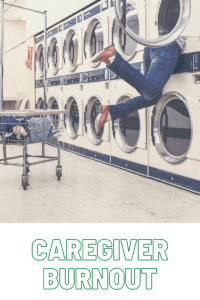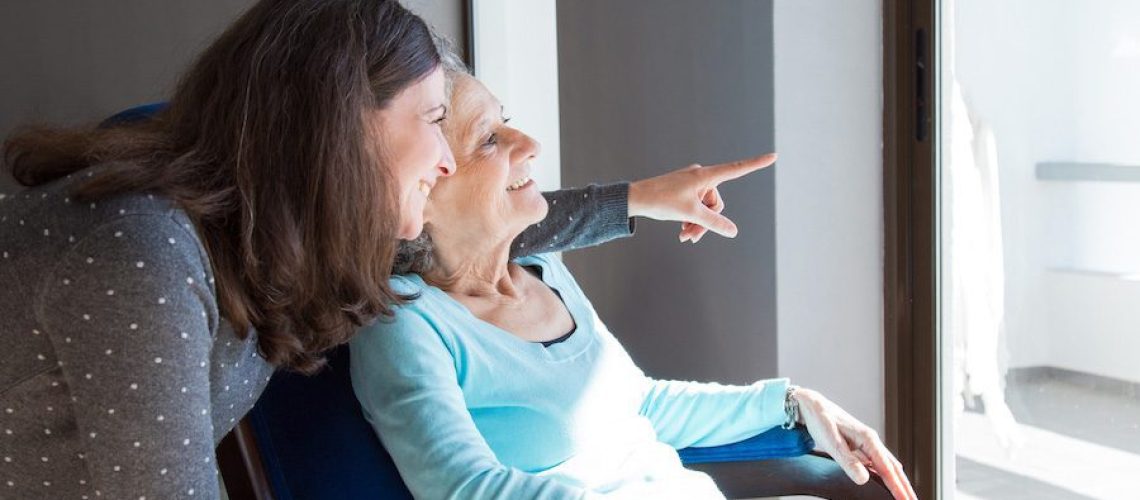 Chances are you have spent tons of time, energy and money on extracurricular activities, counselors and therapists to help your special needs loved one adjust to various social situations. With diagnosis of ADHD, Asperger’s Syndrome, Cerebral Palsy, Muscular Dystrophy or Autism Spectrum Disorder (ASD) there is a high likelihood that they struggle with understanding those social situations. It is also very possible that you as a Caregiver have given more of yourself in every way to help strengthen areas where your loved one could use more support with, such as communication, interpersonal relationships and social interactions.
Chances are you have spent tons of time, energy and money on extracurricular activities, counselors and therapists to help your special needs loved one adjust to various social situations. With diagnosis of ADHD, Asperger’s Syndrome, Cerebral Palsy, Muscular Dystrophy or Autism Spectrum Disorder (ASD) there is a high likelihood that they struggle with understanding those social situations. It is also very possible that you as a Caregiver have given more of yourself in every way to help strengthen areas where your loved one could use more support with, such as communication, interpersonal relationships and social interactions.
Understandably, Caregivers are trying their hardest and exhausted. Particularly with all of the unfamiliar nuances associated with COVID-19 and the pandemic. You may find yourself overwhelmed and overextended on a daily basis, what with telehealth, virtual extracurricular activities and figuring out what the school year will look like in these unprecedented times. As the Caregiver of a special needs individual, you are no stranger to the fact that there is almost insurmountable stress that can come with a diagnosis. Add to that a global pandemic and some level of Caregiver burnout should be expected. Burnout is definitely a thing and you are absolutely not alone.
Individuals with special needs require a little extra energy, attention and support from their Caregivers as they are ushered into the challenges of day to day life. Caregivers of loved ones with special needs, generally have extremely limited alone time or time where they are not “on-call”. High-needs individuals, children with medical complexities, behavioral health disorders, require lots of direct supervision and results in Caregiver burnout. In most cases, you cannot expect to leave your loved one alone for very long, or at all in some cases.
Of course, as a parent or caregiver, you absolutely adore your loved one. But naturally, we all need a break at times. As a caregiver of an individual with special needs, chances are you see fewer breaks than most parents — particularly when the entire world has been knocked topsy-turvy due to COVID-19.
How do you recognize caregiver burnout? Keep an eye out for some of these physical red flags:
- Mental and/or physical fatigue
- Lack of interest in doing things you normally enjoy
- No desire to interact with others
According to Dr. Colleen Kraft the Senior Medical Director of Clinical Adoption at Cognoa, this is when caregivers should seek out daily ‘fixes’. Daily fixes are small joys that are the caregiver’s and the caregiver’s alone. If unable to get alone “me” time, the family may even pursue interactions with their loved one that are stress free, positive and easy.
At least once a week, try to focus on positive experiences that impact you physically and mentally in a favorable way. Exercise, positive interactions with friends, and a nutritious diet are great ways to promote healthy self-care. If you have an individual willing to help, be intentional about allowing each other time for a break. Dr. Kraft also advocates for seeing a therapist if you can, for your mental health, but also there should be intentionality in allotting a little time for yourself. As caregivers, we show up for our loved ones, regardless of how we “feel” but it is important to remember that you cannot pour from an empty cup. It is important to pour into yourself and nurture our own physical, emotional and mental well-being too.
If you or someone you know need assistance with consumer-directedServices where the person using them is allowed to select, hire, fire, and train their particular caregiver(s). More care service facilitation, please give us a call. We are here to provide to you and your family.

